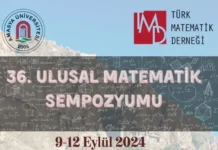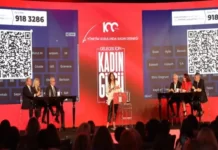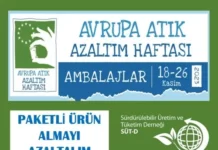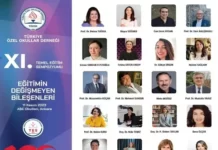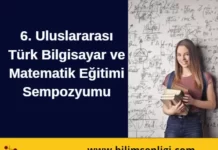Karabük Üniversitesi
For over 600 years until its dismemberment in the aftermath of the First World War, the Ottoman Empire was a multiethnic, polyglot, and multireligious entity with diverse political, cultural, and social backgrounds. Ottomans ruled over a vast geography encompassing the present Middle East, with the chief exception of Iran, north Africa, and southeast Europe and left their “imperial print” in those regions. Describing the Ottoman Empire as a “gunpowder empire” establishing its sovereignity through military conquests and ironclad sultanic rule has certainly merit and historicity to a degree. However, perpetuating a political entity over such huge distances and diverse communities for so long requires in-depth inquiries and broad analyses and syntheses through the lenses of “Ottoman world” and “foundational coexistences.” Therefore, this Conference largely aims to look at the Ottoman Empire from the edges in terms of space and actors mainly from the late eighteenth century up until the end of the First World War while providing a venue for a thorough discussion of varied themes ranging from, but not confined to, the contention between the imperial center and provinces to Muslim and non-Muslim communities to foreigners and missionaries to religion and law to education to heterodox communities to land administration and fiscal systems to the demise of ancien regime to fine arts, literature, and architecture to military to merchants and bazaars to women in palace and society to press to modernization and industrialization to sufism and tasavvuf to secularization and constitutionalism to labor and burgeoise to crime and punishment to police forces and espionage to prisons and undergrounds and to the daily lives of commoners.
The 1st International Ottoman World: Foundational Coexistences Conference, 24-26 September 2012, organized by the Department of International Relations at the Faculty of Economics and Administrative Sciences in Karabuk University will be a panaromic view of a series of disparate postcards from the edges of the Ottoman World and is open to papers both in English and in Turkish.
Papers accepted by the Conference will be published and will be available online through a password provided shortly before the Conference date. A collection of articles selected out of the papers presented in the Conference will be published by a major academic press in English.
Karabuk University and Safranbolu, particularly with its 600 years old konaqs of unique architecture, which has been in the world heritage list of UNESCO as a whole town since 1994, both will provide a perfect location to look at the Ottoman World from the edges in spatial terms.
Conference Dates September 24-26, 2012
An application should have the paper title, author/s name/s and institutional affiliation/s and a one paragraph biographical statement of each author (not a detailed CV), contact information including e-mail address/es, mobile phone number/s, and fax number/s (optional), as well as an abstract which should have a clear and precise thesis along with methodology/ies applied and sources, chiefly primary, explored and should not exceed 300 words and should have 5-6 keywords. Abstracts are to be written in 12 points and Times New Roman style with 1,5 space in between lines. If any audio/visual equipment is required, it is essential that this be mentioned in the application dossier by the author/s.
Application information including all the required materials should be submitted to ottomanworld@karabuk.edu.tr For any inquiries you might have, please send an e-mail to devrimumit@karabuk.edu.tr

